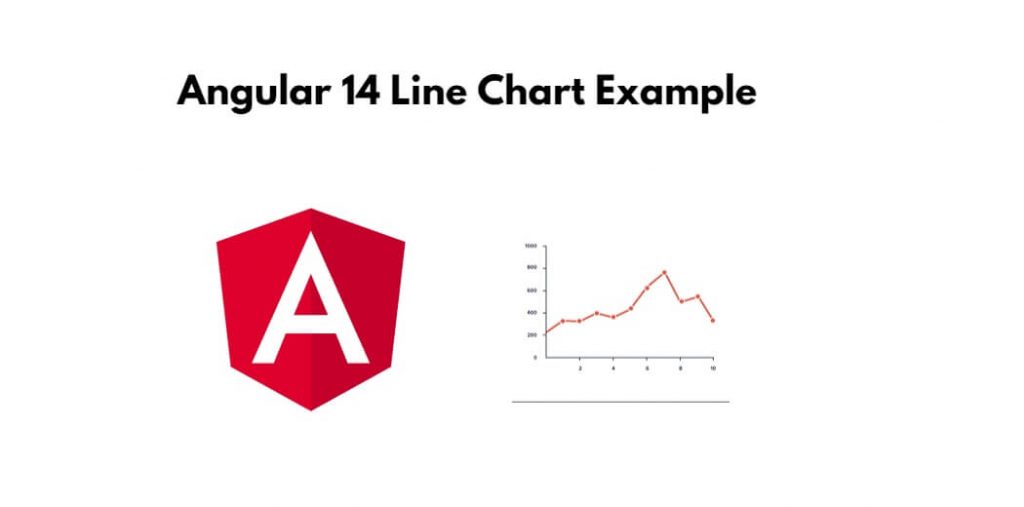Angular 14 line chart using chart js library. In this tutorial, we will learn step by step how to create line chart using charts js library in the angular 14 apps.
Angular 14 Line Chart Example
Follow the following steps and learn how to implement line chart in angular 13 apps using charts js:
- Step 1 – Create New Angular App
- Step 2 – Install Charts JS Library
- Step 3 – Add Code on App.Module.ts File
- Step 4 – Add Code on View File
- Step 5 – Add Code On line-chart.Component ts File
- Step 6 – Start the Angular Line Chart App
Step 1 – Create New Angular App
First of all, open your terminal and execute the following command on it to install angular app:
ng new my-new-app
Step 2 – Install Charts JS Library
Then install NPM package called ng2-charts chart.js –save for implement line chart in angular apps. So, You can install the packages by executing the following commands on the terminal:
npm install --save bootstrap npm install ng2-charts chart.js --save
After that, open angular.json file and update the following code into it:
"styles": [
"node_modules/bootstrap/dist/css/bootstrap.min.css",
"src/styles.css"
]
Step 3 – Import Modules in Module.ts File
In this step, visit src/app directory and open app.module.ts file. And then add the following lines of into app.module.ts file:
import { ChartsModule } from 'ng2-charts';
@NgModule({
declarations: [...],
imports: [
ChartsModule
],
providers: [...],
bootstrap: [...]
})
export class AppModule { }
Step 4 – Create Line Chart on View File
In this step, create line chart in the angular apps. So, visit src/app/ and line-chart.component.htmland update the following code into it:
<div class="chart-wrapper">
<canvas baseChart
[datasets]="lineChartData"
[labels]="lineChartLabels"
[options]="lineChartOptions"
[colors]="lineChartColors"
[legend]="lineChartLegend"
[chartType]="lineChartType"
[plugins]="lineChartPlugins">
</canvas>
</div>
Step 5 – Add Code On line-chart.Component ts File
In this step, visit the src/app directory and open line-chart.component.ts. Then add the following code into component.ts file:
import { Component, } from '@angular/core';
import { ChartDataSets, ChartOptions } from 'chart.js';
import { Color, Label } from 'ng2-charts';
@Component({
selector: 'app-line-chart',
templateUrl: './line-chart.component.html',
styleUrls: ['./line-chart.component.css']
})
export class LineChartComponent {
lineChartData: ChartDataSets[] = [
{ data: [85, 72, 78, 75, 77, 75], label: 'Crude oil prices' },
];
lineChartLabels: Label[] = ['January', 'February', 'March', 'April', 'May', 'June'];
lineChartOptions = {
responsive: true,
};
lineChartColors: Color[] = [
{
borderColor: 'black',
backgroundColor: 'rgba(255,255,0,0.28)',
},
];
lineChartLegend = true;
lineChartPlugins = [];
lineChartType = 'line';
}
Step 6 – Start the Angular Line Chart App
In this step, execute the following command on terminal to start angular line chart app:
ng serve
